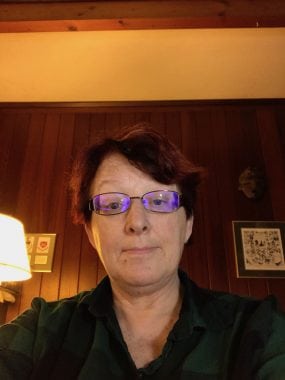Kate Woodward
Wednesday, May, 8th, 2019 Students
 |
Kate WoodwardSchool: Graduate School of Engineering Department: Civil and Environmental Engineering |
TIE Affiliation
Environmental Research Fellowship
Research
Antibiotics are used therapeutically during food animal production to maintain herd health. Much of these antibiotics pass through the animal unchanged and enter the environment through manure management practices such as irrigation with feedlot runoff wastewater. The scientific community is concerned this antibiotic loading will alter the natural biota resulting in increased resistance, thereby making antibiotics that are critical for human and animal health ineffective. Therefore, cost-effective methods are needed to mitigate this environmental risk. A vegetative treatment area is one of these cost-effective means used to capture overflow water from a wastewater holding pond typically used to capture flow from the cattle pens at a combined animal feeding operation (CAFO) before the water can contaminate waterways. The primary objectives of this research are to determine if electromagnetic induction is an effective tool for locating antibiotics deposited within the treatment area and determine the antibiotic transport within the treatment area.
Biography
As an Army Officer in the Corps of Engineers, Katherine held various assignments in troop units and within the civilian side of the Corps. She was an environmental engineer/project manager, a program manager, and a Deputy Commander of an Engineer District. After retirement, she worked for a short time, in an environmental testing laboratory. Katherine taught engineering and mathematics in a high school and then found her current job at the US EPA where she works as an environmental engineer/project manager in the TSCA PCB remediation program. She is a licensed professional engineer in Virginia.